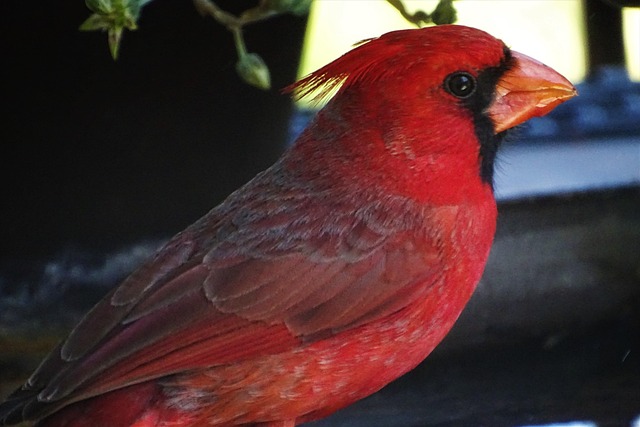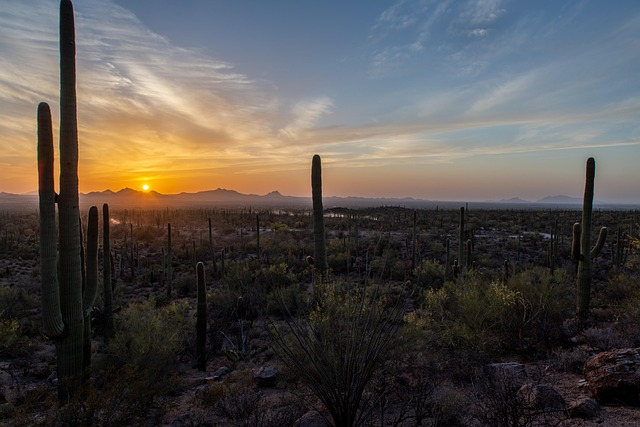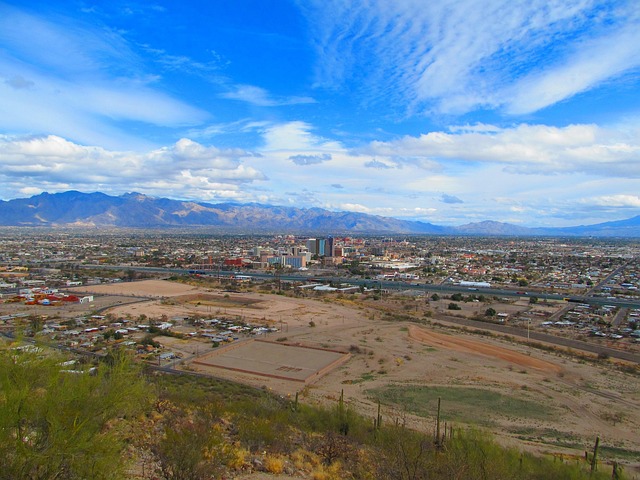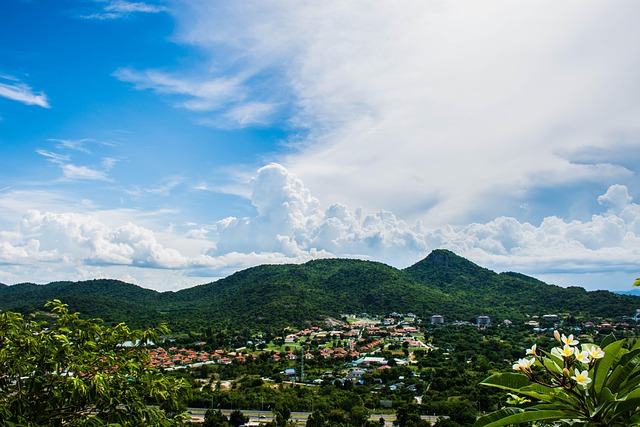Hispanic and Native American cultural influences are driving real estate innovation by diversifying property offerings nationwide through unique traditions, histories, and architectural styles. Heritage preservation requires balancing modern development with respect for cultural elements, both physical and intangible. Inclusive communities that celebrate diverse heritage, fostered through cultural events, programs, and marketing, lead to stronger neighborhood success and mutual respect among all cultures. Real estate agents play a key role in guiding buyers and renters to these diverse neighborhoods, creating vibrant, integrated areas where everyone feels welcomed.
“Discover how the vibrant tapestry of Hispanic and Native American influences shapes the real estate landscape. In this article, we explore the cultural diversity that enriches communities across the nation. From understanding the unique heritage of these groups to preserving their roots in modern development, we delve into strategies for fostering inclusive neighborhoods. Balancing progress with respect, these initiatives celebrate the indelible impact of diverse cultures, ensuring a harmonious future for all.”
Understanding Cultural Diversity: The Rich tapestry of Hispanic and Native American Influences in Real Estate

In the vibrant landscape of real estate, the rich tapestry of Hispanic and Native American influences is a game-changer. These cultural heritages bring a unique blend of traditions, histories, and architectural styles that enhance the diversity and depth of property offerings. The bustling marketplaces and lively neighborhoods shaped by these communities offer a testament to their enduring impact on urban and rural landscapes alike.
Understanding this cultural diversity is key in navigating the real estate sector. Hispanic and Native American influences can be seen in the intricate designs, vibrant colors, and functional spaces that characterize many properties. Incorporating these elements not only celebrates cultural heritage but also broadens the appeal of homes to a diverse range of buyers. In today’s inclusive market, recognizing and embracing these influences are essential steps toward fostering a more harmonious and representative real estate environment.
Navigating Heritage Preservation: Balancing Modern Development with Respect for Cultural Roots

Navigating Heritage preservation in real estate involves a delicate balance between modern development and respect for cultural roots. As communities evolve, there’s a growing awareness of the importance of preserving historical sites and cultural practices that define Hispanic and Native heritage. This includes not just physical structures, but also the stories, traditions, and knowledge passed down through generations.
In real estate, this translates into thoughtful planning and design that integrates new developments with existing cultural landscapes. It means involving local communities in decision-making processes to ensure their voices are heard and their concerns addressed. By doing so, we can create spaces that not only accommodate contemporary needs but also honor and celebrate the rich tapestry of Hispanic and Native heritage.
Fostering Inclusive Communities: Strategies to Embrace and Celebrate Diverse Heritage in Neighborhoods

In real estate, fostering inclusive communities that embrace and celebrate diverse heritage is a game-changer. Neighborhoods thrive when they reflect the rich tapestry of their residents’ backgrounds, including Hispanic and Native American cultures. One strategy to achieve this is through cultural events and programs that highlight these heritages, creating spaces where folks can connect, learn, and share stories. This not only strengthens community bonds but also educates neighbors about one another’s traditions.
Additionally, real estate professionals play a crucial role in promoting inclusivity by marketing properties in diverse neighborhoods and showcasing their unique cultural attractions. They can guide buyers and renters towards communities that align with their heritage interests, ensuring they feel welcomed and appreciated. This approach helps create vibrant, integrated neighborhoods where everyone feels at home, fostering a sense of belonging and mutual respect for all cultures.






